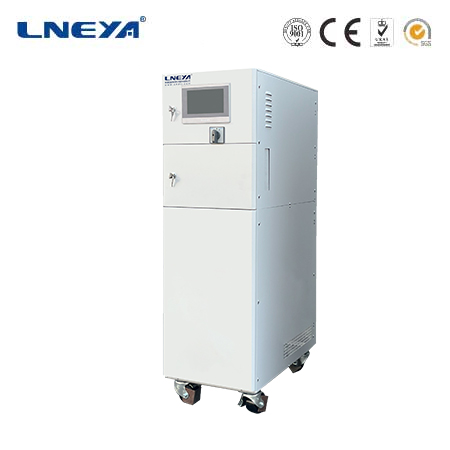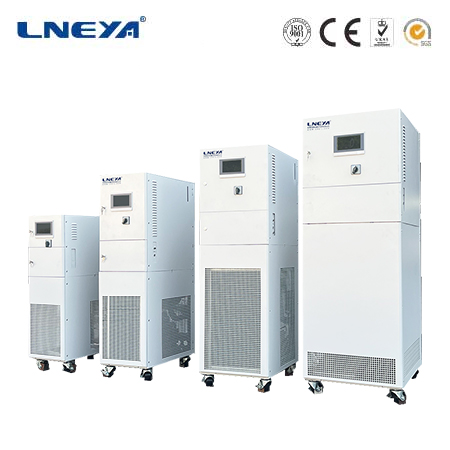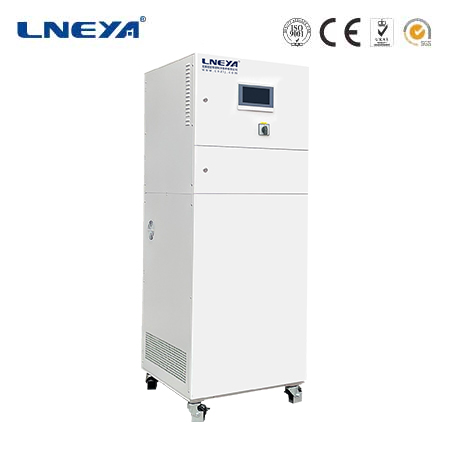heating and cooling temperatures
Introduction to Heating and Cooling Temperatures
Maintaining comfortable indoor temperatures is crucial for occupant well-being and energy efficiency in residential, commercial, and industrial settings. Heating and cooling systems are designed to achieve and maintain specific temperature ranges that balance comfort with energy consumption.

Ideal Temperature Ranges
The ideal temperature for heating and cooling can vary based on individual preferences, activity levels, and occupancy. However, general guidelines suggest:
Heating: A comfortable indoor temperature during the winter months is typically between 68°F to 72°F (20°C to 22°C). Lowering the temperature by a few degrees during sleep can also help save energy.
Cooling: For cooling, the ideal temperature is often between 72°F to 78°F (22°C to 26°C), with slightly higher temperatures being more energy-efficient.
Factors Affecting Temperature Settings
Several factors can influence optimal heating and cooling temperatures:

Occupancy: More people in a space can raise the temperature, reducing the need for additional heating.
Activity Level: Physical activity generates heat, so spaces with higher activity levels may require slightly lower temperatures.
Building Insulation: Well-insulated buildings require less energy for heating and cooling, allowing for more flexibility in temperature settings.
Role of Thermostats in Temperature Regulation
Thermostats play a critical role in maintaining optimal temperatures by:
Manual Thermostats: Allowing users to set desired temperatures and adjust them as needed.
Programmable Thermostats: Enabling users to set schedules for different times of the day, reducing energy use when the space is unoccupied.
Smart Thermostats: Using sensors and algorithms to automatically adjust temperatures based on occupancy, outdoor conditions, and user preferences.
Impact of Temperature on Health and Productivity
Indoor temperatures can significantly impact health and productivity. For instance:

Thermal Comfort: Maintaining a comfortable temperature can reduce thermal stress, improving focus and productivity.
Health: Extreme temperatures can exacerbate health conditions like asthma or heart disease and may contribute to the spread of certain illnesses.
Optimizing Temperature Settings
To optimize temperature settings, consider the following guidelines:
Occupancy and Activity: Adjust temperatures based on the number of occupants and their activities.
Time of Day: Lower temperatures during unoccupied hours can save energy.
Use of Space: Different spaces, such as offices, gyms, or bedrooms, may require different temperature settings.
Conclusion
Understanding the factors that influence heating and cooling temperatures and utilizing advanced thermostat technologies can significantly improve comfort and energy efficiency. By considering occupancy, activity levels, and the specific needs of each space, it is possible to create an indoor environment that is both comfortable and energy-conscious. Regular maintenance of HVAC systems and periodic reviews of temperature settings can further enhance performance and occupant satisfaction.
Related recommendations
water recirculation cooler
380Introduction to Water Recirculation CoolersWater recirculation coolers are essential in maintaining a stable temperature in various industrial and laboratory processes. These systems work by circu...
View detailsindustrial chilled water system
186What are Industrial Chilled Water Systems? Industrial chilled water systems are cooling systems designed to circulate chilled water through industrial processes or equipment to absorb and dissi...
View detailsindustrial water chiller price
418Industrial Water Chiller Price OverviewIndustrial water chillers are crucial for maintaining optimal temperatures in a variety of settings, from large-scale HVAC systems to specific industrial pro...
View detailswater cooled chiller types
422Types of Water Chillers Water chillers are categorized based on the type of compressor and the refrigeration cycle they use: Centrifugal Chillers: These chillers use a centrifugal compressor...
View details
 LNEYA Thermal Test Chillers
LNEYA Thermal Test Chillers






HelloPlease log in